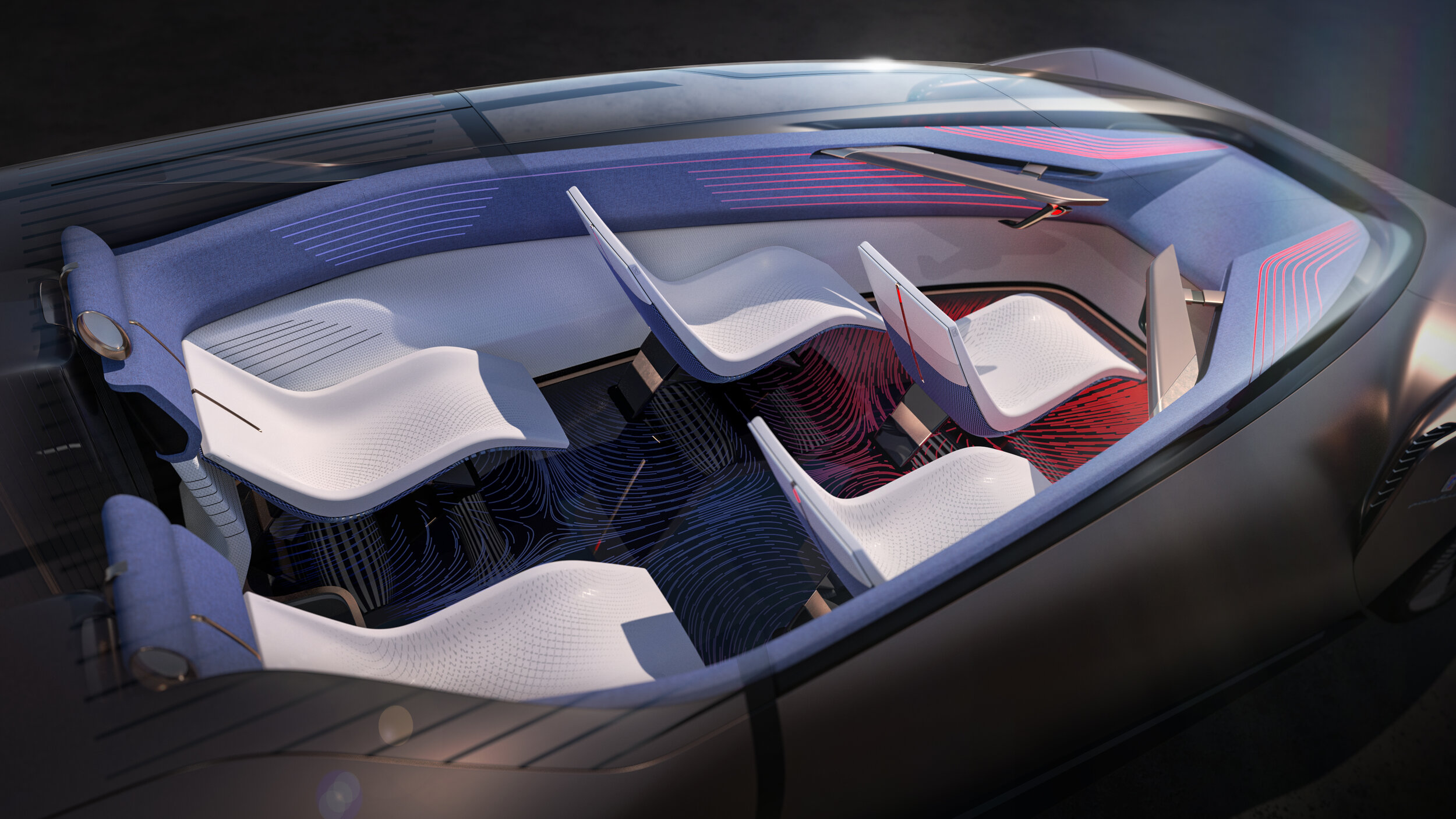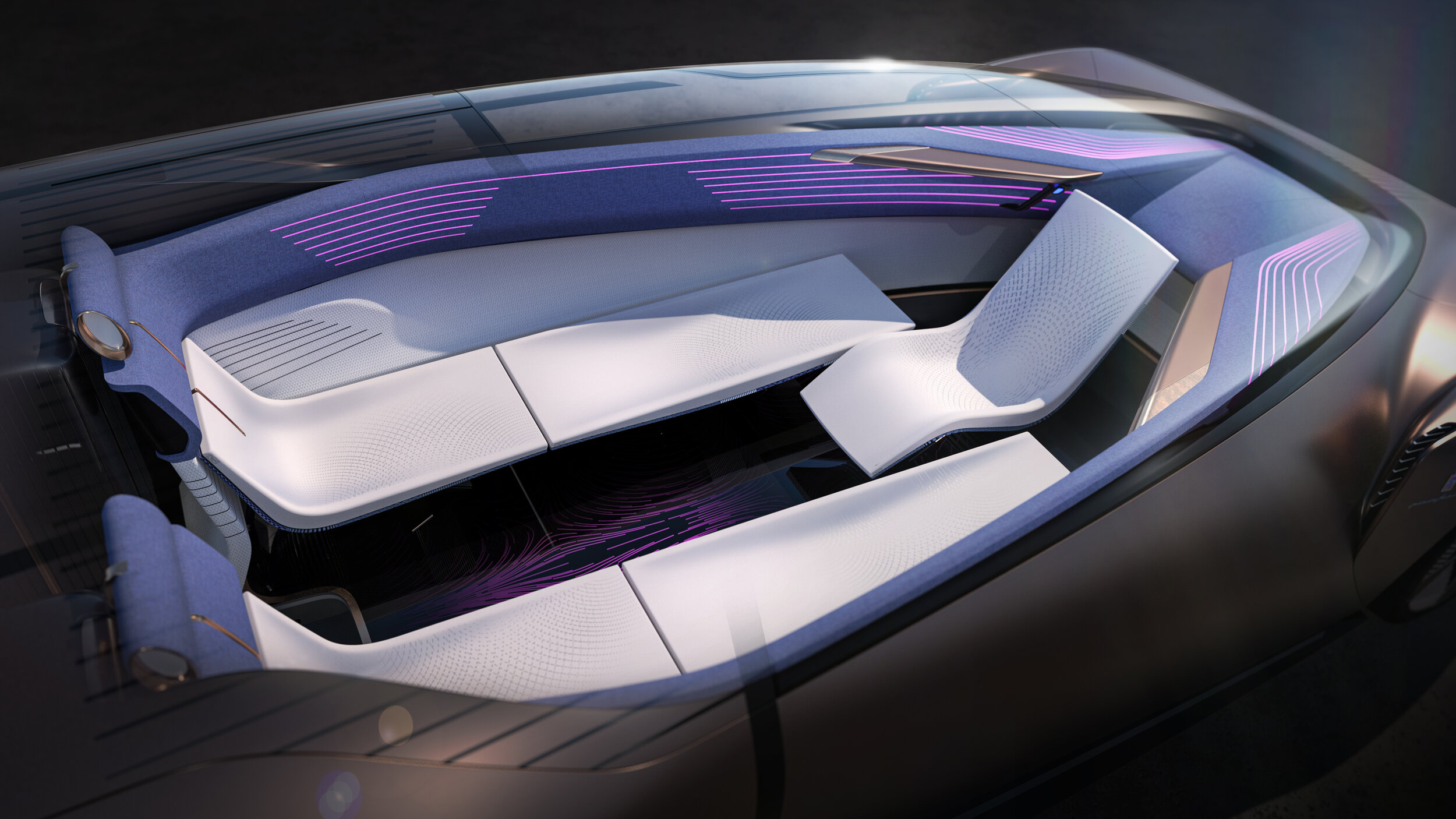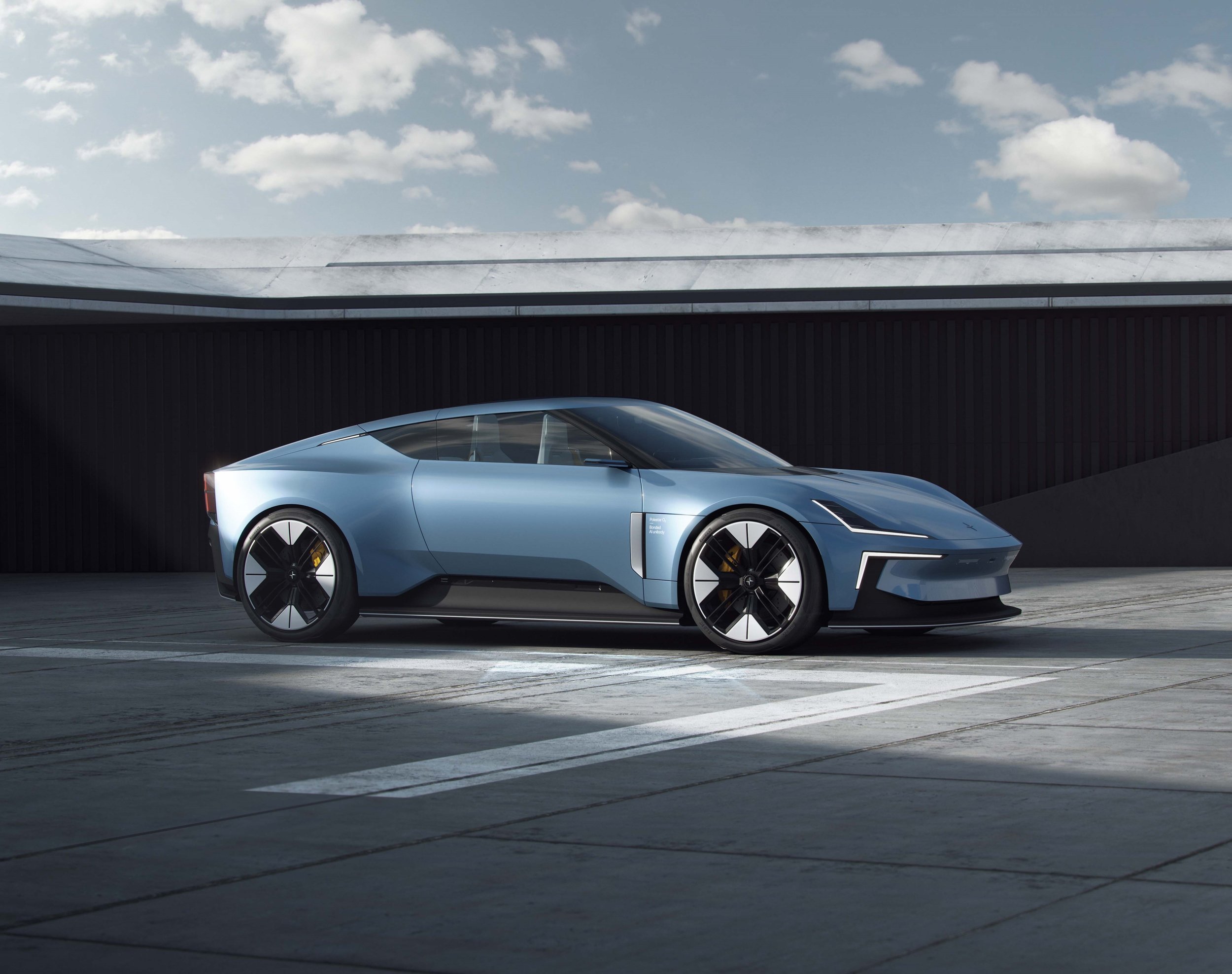We Need To Talk About Kevin
New head of design, new concept car, new way of presentation - Kevin Rice and the Pininfarina Teorema provide an outlook on the carrozzeria’s immediate future
Shall we be taken by the Pininfarina? (photo © Pininfarina)
If any type of concept car has to instantly face an uphill battle anno 2021, it is that of the autonomous vehicle. The swivelling captain chairs, trick doors and living room furniture details typically featured in this type of show car have become clichés over the course of a mere handful of motor shows. The autonomous vehicle has hence evolved into car design’s bubble tea at breakneck speed - which makes Pininfarina’s choice to make its new Teorema fit into the category of the driverless vehicle seem rather peculiar.
«It’s irrelevant whether Teorema is autonomous or not. This concept car is about redefining what the experience inside a car can be in the future», explains Pininfarina Chief Creative Officer, Kevin Rice. Teorema happens to mark the first opportunity for him to show his cards, as he only joined the legacy carrozzeria in February 2020, right before life as we knew it came to an end. With no car shows to attend and computer screens having acted as windows to the world since then, the choice to show Teorema in virtual form only therefore appears decidedly pragmatic. Although the evaluation of any piece of design solely on the basis of images and videos inevitably entails considerable caveats, Pininfarina’s choice not to spend any money on a physical car few will get to see for the foreseeable future must be considered irrefutably logical.
Wedging the MPV into the supercar (photo © Pininfarina)
The choice to create a people carrier, rather than, say, a sports car, adheres to a similar logic, says Kevin Rice: «It simply isn’t possible to drive and enjoy driving as we did in the past any longer, when the experience was centred around the driver.» Acknowledging, accepting and trying to shape this paradigm shift are the basic motivations behind Teorema. «In the future, there will be even more restrictions than today. So the question is: how do we reignite the pleasure of driving?» Such reasoning, for all the overwhelming lip service paid to turning the car industry into a mobility industry, remains fairly radical in a sector still wedded to the values of speed and power (which indeed are reflected in Teorema’s wedge silhouette).
Rather than an oxymoron, the ostensible contradiction between outside appearance (supercar) and purpose (MPV) is the result of a clean sheet approach, its creators claim. The packaging - the placement of seats, the luggage compartment and entry arrangement - are supposed to have been created in order to not just tickle onlookers, but especially those using the car. «How do we make it exciting for five people to spend time in a single vehicle?» This excitement, as Kevin Rice openly admits, partially needs to be created by what one might consider ‘synthetic’ means - especially with regards to the physical controls, which the driver can freely choose to operate or leave in automatic mode. None of these controls, which do not include a steering wheel either, are mechanical - a horror to traditional driving enthusiasts, but a logical next step to Kevin Rice, given how much of today’s driving is already made up of electromechanical simulations of mechanical processes, anyway. Teorema hence provides an ‘honestly electronic’ driving experience, even if one chooses to exercise maximum control, rather than electronics masquerading as mechanical action.
Going with the wind (photo © Pininfarina)
Teorema’s unusual footprint is said to provide not just for the unusual seating arrangement inside, but superior aerodynamics outside, too. While the tall rear provides an obvious hint with regards to diligently devised aerodynamic properties, the flanks and front are shaped in such a way as to keep the air attached to the car for as long as possible. The highly unusual window outline meanwhile provides passengers inside the car with various levels of isolation from the outside, taking into account that «passengers eventually want to do their own thing» and either look outside, play a video game or take a nap - hence the increasing levels of seclusion towards the rear of the cabin. This aspect indeed suggests there’s potential to explore genuinely novel automotive interior arrangements, rather then the clumsy adaptation of home interior design solutions that has become an autonomous vehicle show car staple. In this context, Kevin Rice also offers his take on the genre’s signature feature: «Swivel chairs are unnecessarily heavy and therefore silly.» Hear hear!
Teorema’s cabin is entered from the rear, where, indeed, the autonomous concept cliché of a trick door has been turned into a trick roof-cum-tailgate. Storage space can be found either side of the ‘entrance’ and is custom-made for four-wheeled trolley suitcases. The tailgate-roof-door is said to rise to 1.75 metres - enabling «Italian-sized» adults to enter the cabin comfortably. Judging by the angle of the fixed windshield, the driver better be of particularly agile constitution and short stature, however.
The engine’s gone, the wedge remains (photo © Pininfarina)
Whereas its ergonomics, space and creature comforts are hard to analyse in purely virtual form, Teorema’s visual appearance can be judged on this basis. And despite some similarities to other recent concept cars (mostly recent Renault efforts, with regards to the prominent striped graphics), Pininfarina’s statement of intent is particularly successful insofar as it has a clear expression. Despite having been created as a modern mobility device, rather than a traditional motor car, Teorema avoids creating the impression of a sterile appliance. It is striking, it does have character. Its eye-catching copper paint not only plays a significant role in this, but provides an apt metaphor: it obviously nods to the high-tech aesthetic, put possesses the kind of warmth - and also a whiff of glamour - to set Teorema apart from the typically clinical white or silver concept car fare.
All that is an achievement in itself, even if part of the price for this expressiveness is likely to be paid by certain compromised ergonomics. Hopefully, this flair also constitutes a sign of things to come, courtesy of the new Chief Creative, who is charged with no less a challenge than adapting more than half a century of Turinese car design heritage for an intangible future.
In bocca al lupo, Kevin!

















Car interior designer who created some of the most significant cabins of all time, most notably the Porsche 928’s